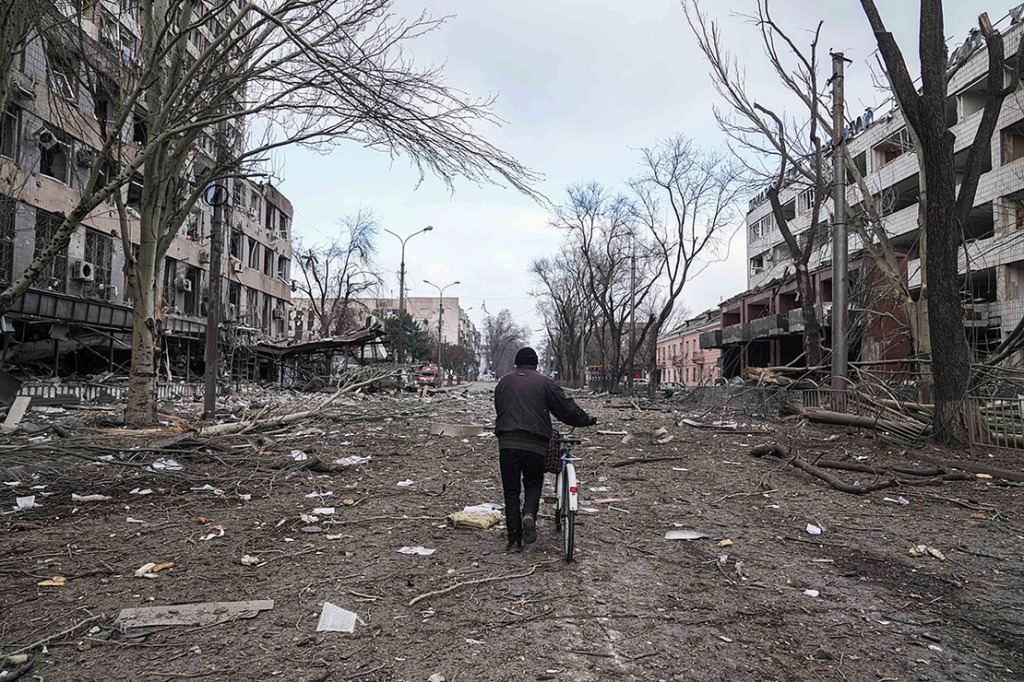Traffic congestion is a growing problem in many urban centers worldwide, and Cagayan de Oro City is no exception. The city’s traffic is notoriously heavy and only worsens as its population continues to grow. In this blog, I will discuss how Cagayan de Oro City can address its traffic problem. While I am no traffic expert, my experience having lived in Cagayan de Oro and now in the urban center of Metro Manila account for some anecdotal “expertise.”
Moving the central business district and government offices to a new location and adding a coastal diversion road could effectively reduce traffic congestion in Cagayan de Oro City. This approach has been used successfully in other cities worldwide, where the central business district was relocated to a new area, creating new economic centers and reducing congestion in the city center.
The big question for Cagayan de Oro is which way should it develop? Going east or west has their limitation. The boundary with Misamis Oriental provincial government constricts the city to that corridor between Puerto and Opol. Going south means having to deal with the mountain ridges. But this may be a more viable direction. Access to the area beyond Lumbia will have to be addressed as that lone road going up to Xavier Estates and the Lumbia airport cannot accommodate more traffic.

In addition to relocating the central business district, adding a coastal diversion road would also help to reduce congestion in the city center. This would be similar to the South Coastal Road of Cebu. This road would provide an alternative route for commuters and help distribute traffic evenly throughout the city. It could also provide access to new city areas for economic development, creating new opportunities for businesses and residents. An expressway going through the mountain ridges from Misamis Oriental or Bukidnon and exiting beyond Opol or even straight to the Laguindingan airport is also worth exploring.
Another solution is to relocate homes, especially for the informal settlers. This will decongest the downtown area. However, when relocating homes, it is essential to ensure the new home sites have built-in transportation options like buses. Providing reliable and convenient transportation options ensures residents can access jobs, schools, healthcare, and other essential services. Many housing projects of this nature have failed because the transportation for the residents was separate from the project.
One of the key advantages of building transportation options like buses into new home sites is that it can help to reduce traffic congestion and reliance on private vehicles. By providing residents with an easy and affordable way to get around, they are less likely to rely on cars, which can help to reduce traffic congestion and air pollution. Indeed this is easier said than done. Efficient mass transport systems are currently focused only in Metro Manila. This has to go beyond the capital, and local government units must be more creative in addressing mass transport systems for their cities.
Another advantage of building transportation options into new home sites is that it can help to promote more sustainable and livable communities. Encouraging residents to use public transportation can help reduce carbon emissions and promote healthier lifestyles. Microgrid systems for power will bring down costs and make these communities more resilient against typhoons and disasters in general.
In addition to buses, the government or housing developers can also build transportation options into new home sites, like bike lanes and pedestrian walkways. Bike lanes and convenient pedestrian walkways can encourage residents to walk or bike to nearby destinations, reducing the need for cars and promoting healthier lifestyles. Convenient walkways mean safe paths with protection from the heat and rain.
Cagayan de Oro City has several public transportation options, including jeepneys, taxis, and buses, but they often need to be more reliable and comfortable. Addressing reliability and comfort could involve:
- increasing the number of public vehicles and reducing private cars on the road,
- improving the roads and infrastructure, and
- investing in new technologies, such as GPS tracking and real-time schedule information.
Another way to address traffic congestion is to encourage alternative modes of transportation, such as biking and walking. The government or private developers can build dedicated bike lanes and pedestrian walkways throughout the city and provide safe and secure bike parking facilities. The city could also offer incentives, such as tax breaks or reduced parking fees, to encourage residents to use these alternative modes of transportation.
In addition to improving public transportation and encouraging alternative modes, the city could also implement several traffic management strategies. For example, the city could introduce congestion pricing, which involves charging drivers a fee to enter certain areas during peak hours. Traffic congestion fees can reduce the number of cars on the road and encourage people to use public transportation or alternative modes of transport instead.
The government can implement intelligent traffic lights. These lights use sensors to detect traffic flow and adjust the lighting timing accordingly, which can help reduce congestion and improve traffic flow. The city could also invest in intelligent transportation systems that use advanced technologies such as real-time traffic monitoring and prediction to optimize traffic flow. There must be Artificial Intelligence (AI) platforms available today. AI can study traffic patterns, pedestrian movements, and other data and process these in almost real time to develop a more efficient traffic system.
Finally, the city could also work to reduce the number of cars on the road by promoting carpooling and telecommuting. Carpooling involves sharing a ride with others traveling in the same direction, which can help reduce the number of cars on the road. Telecommuting involves working from home or another location, which can reduce the number of people commuting to work each day. The local government can work with the telcos so internet can be pervasive and made available to all residents of the city. The national government through the Department of Information Communication Technology (DICT) has a project in providing Wifi especially in unserved areas.
In conclusion, there are several ways in which Cagayan de Oro City can address its traffic problem. Relocating central business districts and government offices, offering home resettlement programs, improving public transportation, encouraging alternative modes of transportation, implementing traffic management strategies, and promoting carpooling and telecommuting are all effective ways to reduce congestion and improve traffic flow. By taking a comprehensive approach to address its traffic problem, Cagayan de Oro City can create a more livable and sustainable city for its residents.
To put forward practical solutions for alleviating traffic congestion is of utmost importance. It is imperative to address this issue as it results in wasted time and has adverse effects on the environment. Therefore, comprehensive strategies need to be formulated to tackle this problem head-on. This is a big challenge to my city. I hope the city’s leadership – both in government and civil society – will buckle down to work together as it has always done in the past.







